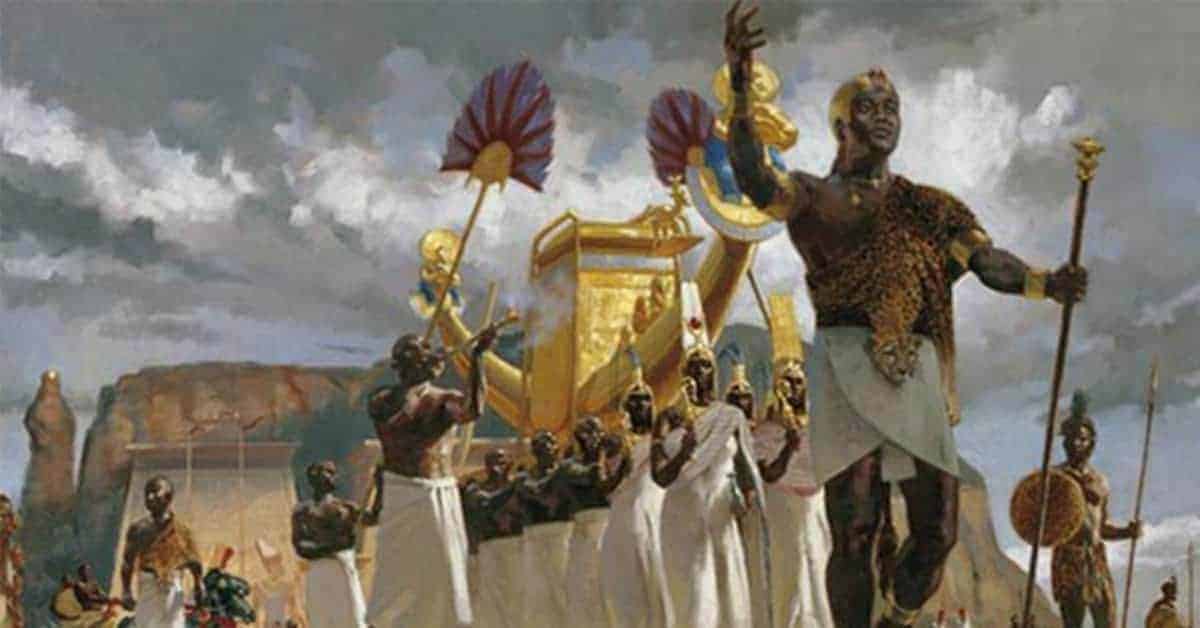Empire Of The Great Ming
- The Ming empire lasted for 276 years, and is still mentioned as the most ordered and stable empire period in world history. You will certainly be burning with the wish to get an impression of it. Now enter this Playtech game, in free play. It is worth playing, to learn about this glorious period, and also to discover what wins the Slot has to offer players.
- The Ming dynasty ruled China for almost 300 years until 1644, and was known at the time as the Empire of the Great Ming. Playtech have elected to dispense a hastily assembled history lesson as they take it back – way back – to the ancient China of yore.
The Ming Dynasty, also known as the Empire of the Great Ming, is considered to be one of the greatest eras in ancient history. Apart from its fame, this era was also responsible for the restoration of the Great Wall of China and the Grand Canal.

The Forbidden City was also established during this time. Apart from the great achievements, the people during this era were also very religious.
Great Ming The Ming dynasty was the ruling dynasty of China – then known as the Empire of the Great Ming – for 276 years (1368–1644) following the collapse of the Mongol-led Yuan dynasty.
Taoism and Buddhism
This era had several religious inclinations, but the most dominant religious beliefs were Taoism and Buddhism. Some people believed in having a very harmonious relationship with nature. During the era, the reading of scriptures and other practices were done to establish harmony with nature.
Other people believed in Buddha. In fact, some Chinese people spent their entire life based on Buddha’s teachings. This religion played a major role in shaping the way people throughout the region thought.
Confucianism
Ming Empire Map
The other type of Ming Dynasty religion was known as the Confucianism. With this philosophy, people believed that if they behaved well, those below would follow their examples. This was important because if the government trusted people and gave them freedom, then the people would trust the government more.
Confucianism was the main purpose people achieved harmony, which was one of the most important social values. This was a religion of trust; people trusted each other and therefore asked each other for help.

Christianity
Christianity was also spreading a lot in China during the Ming Dynasty era. Christianity arrived along with Jesuit missionaries, such as the Italian named Matteo Ricci.
The Great Ming Code
Ricci was able to convince Chinese people in the upper class to join him through the advanced Western technology he had introduced to them. Some of the Chinese people joined Christianity. Christianity and other religions during this era contributed a great deal to what the Chinese people are today.